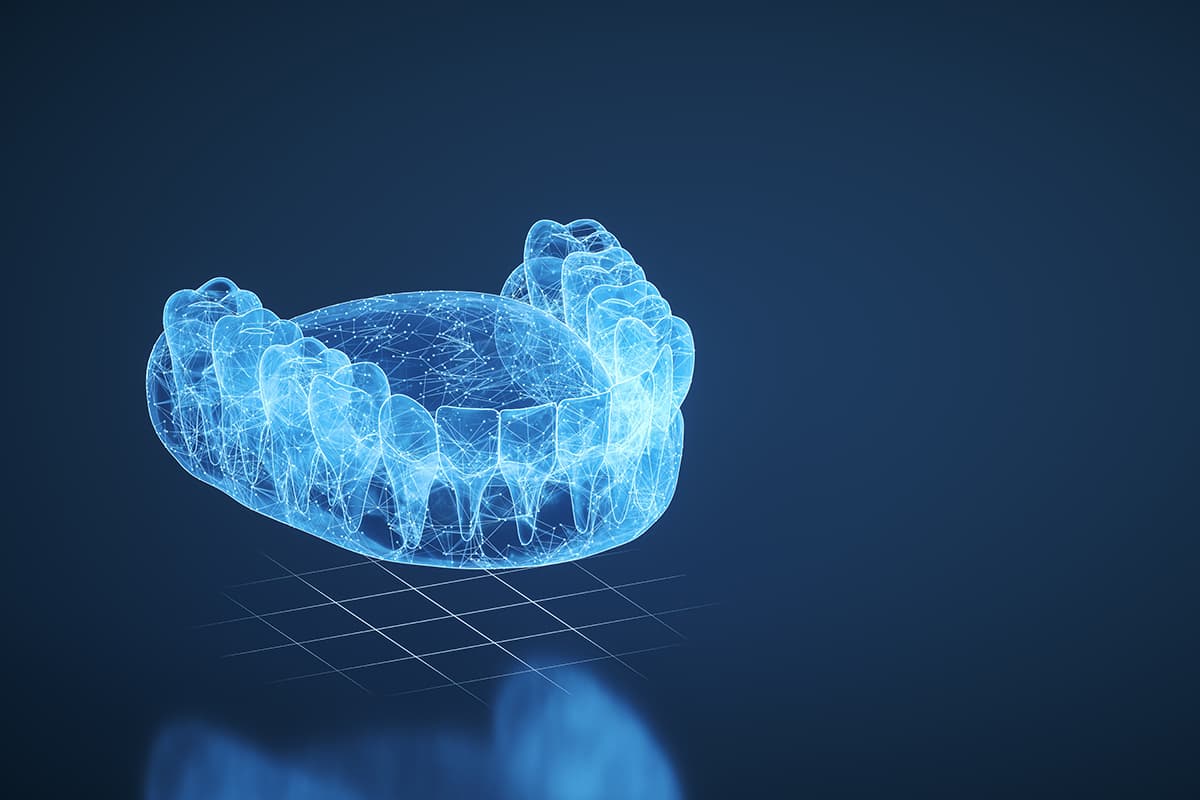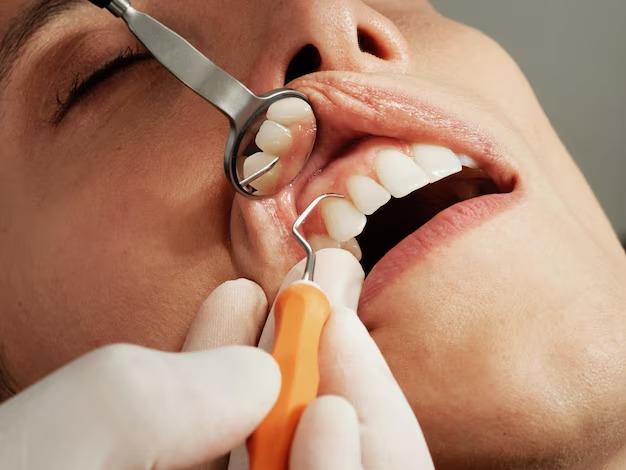
The Role of AI in Dentistry
From Early Beginnings to the Future of Education
Artificial Intelligence (AI) is transforming industries at a rapid pace, and dentistry is no exception. What started as experimental technology is now becoming a foundational part of how dentists diagnose, treat, and manage patients. From imaging analysis to patient management and robotic surgeries, AI is redefining the possibilities of dental care.
In this blog, we trace the journey of AI in dentistry, explore its current impact, and discuss why dental education must now evolve to include this revolutionary technology.
A Brief History: The Early Evidence of AI in Dentistry
The earliest applications of AI in dentistry trace back to the 1980s and 1990s, when expert systems, a rule-based software that mimicked human reasoning, were tested for diagnosis and treatment planning. One of the first notable systems was DENDRAL (originally developed for chemistry but adapted for other domains), inspiring similar logic in dental diagnostic tools.
By the early 2000s, as computing power and algorithmic capabilities grew, researchers began exploring machine learning models for tasks such as caries detection and radiographic interpretation. However, limited access to large datasets and computational resources slowed progress.
It wasn't until the rise of deep learning and big data in the 2010s that AI started to take a serious role in clinical dentistry. The availability of thousands of annotated dental images allowed neural networks to learn patterns and improve diagnostic accuracy, especially in radiology.
AI’s Current Role in Dentistry
Today, AI applications in dentistry span nearly every aspect of clinical practice:
1. Diagnostic Imaging: AI-powered algorithms can detect dental caries, periapical lesions, bone loss, and even early signs of oral cancer on radiographs and CBCT scans with accuracy levels that rival, and sometimes surpass, human experts.
2. Treatment Planning: Orthodontic treatment simulations, implant placement planning, and full-mouth rehabilitation strategies are increasingly supported by AI-driven software, ensuring precision and efficiency.
3. Predictive Analytics: By analyzing patient history, lifestyle factors, and clinical data, AI tools can predict the likelihood of complications such as peri-implantitis or orthodontic relapse.
4. Administrative Automation: AI chatbots and virtual assistants manage appointment scheduling, patient reminders, and even insurance pre-authorizations, freeing up valuable chairside time.
5. Robotics and Guided Surgery: Robotic systems, assisted by AI algorithms, are enhancing surgical accuracy in implantology and endodontics, reducing chair time and postoperative complications.
Challenges and Ethical Considerations
Despite the promise, integrating AI into dental practice comes with challenges:
• Data Privacy: AI systems rely on vast datasets, often containing sensitive patient information, making compliance with privacy regulations essential.
• Algorithm Bias: Training data that is not representative of diverse populations can lead to misdiagnosis or unequal treatment outcomes.
• Over-Reliance on Technology: While AI is a powerful tool, clinical judgment and human oversight remain irreplaceable.
Addressing these challenges requires both technological refinement and ethical vigilance.
The Future: Why Dental Education Must Evolve
AI’s role in dentistry is no longer a futuristic concept, it is an everyday reality. Yet, most dental curricula worldwide still focus on traditional diagnostic and treatment planning methods, offering little to no formal training in AI.
Future dental professionals will need to:
• Understand AI Basics: Not necessarily coding, but a strong grasp of how AI systems work, their capabilities, and their limitations.
• Interpret AI Outputs: Clinicians must know how to validate AI recommendations and integrate them into patient care without over-reliance.
• Collaborate with Technologists: Cross-disciplinary collaboration between dentists, engineers, and data scientists will be critical for developing clinically relevant AI tools.
• Stay Updated: As AI evolves rapidly, ongoing professional development and adaptive learning will be key.
Universities and continuing education programs will need to integrate modules on AI, digital workflows, and data ethics into dental training. This ensures that the next generation of dentists is not just tech users, but informed decision-makers in a data-driven world.
Conclusion
From its humble beginnings in rule-based systems to its current capabilities in deep learning and predictive analytics, AI has revolutionized the practice of dentistry. The next big leap will be in how we teach and learn dentistry embracing AI not as a replacement for human expertise, but as an indispensable partner in delivering precise, efficient, and patient-centered care.
The future dentist will not just hold a drill or a mirror; they will also wield algorithms, datasets, and predictive models to redefine what is possible in oral healthcare.












